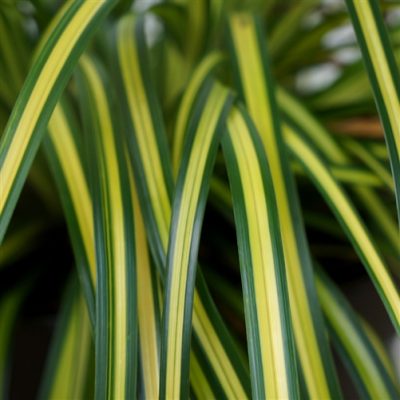Typha laxmannii
(Cattail, Graceful)
$14.99

Hardiness Zones:
10a 10b 11 4a 4b 5a 5b 6a 6b 7a 7b 8a 8b 9a 9b
Quick Overview:
Graceful cattail is native to marshes and wetlands in Europe and Asia. It is a marginal aquatic perennial that spreads by creeping rhizomes to form dense colonies in shallow water. Features narrow, upright, sword-like, linear, mostly basal, green leaves (to 5′ tall) and a stiff, unbranched central flower stalk that is typically equal to or slightly less than the height of the leaves. Plants are monoecious, with each flower stalk being topped by two sets of minute flowers densely packed into a cylindrical inflorescence. Yellowish male (staminate) flowers are located at the top of the inflorescence and greenish female (pistillate) flowers are located underneath. In this species, the staminate and pistillate flowers are separated by a gap of up to 2? of stalk. Flowers bloom in summer. After bloom, the male flowers rapidly disperse, leaving a naked stalk tip. The pollinated female flowers turn brown as the seeds mature, forming the familiar cylindrical, sausage-like, cattail fruiting spike (to 4? long in this species). (Courtesy of Missouri Botanical Gardens Plant Finder)






